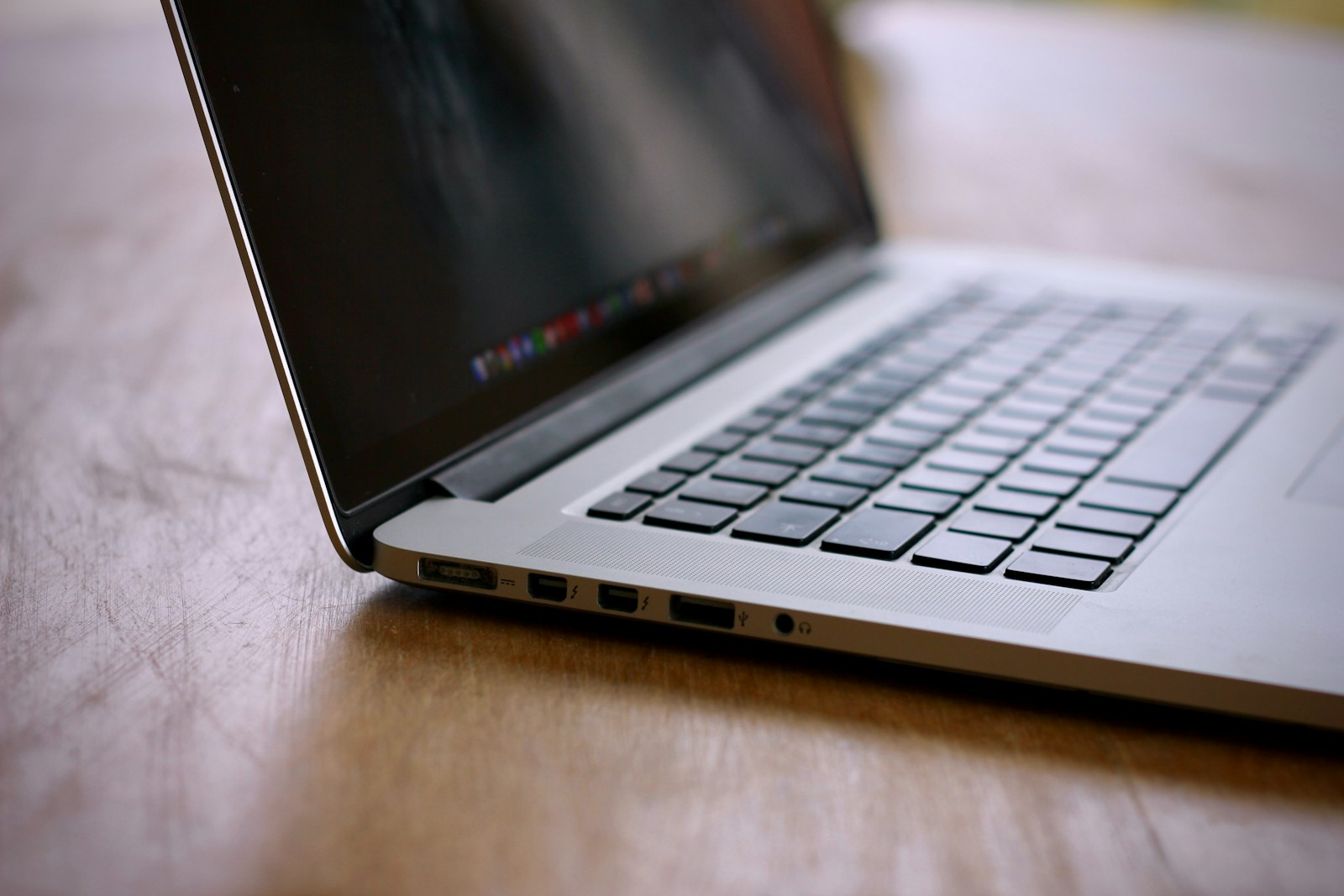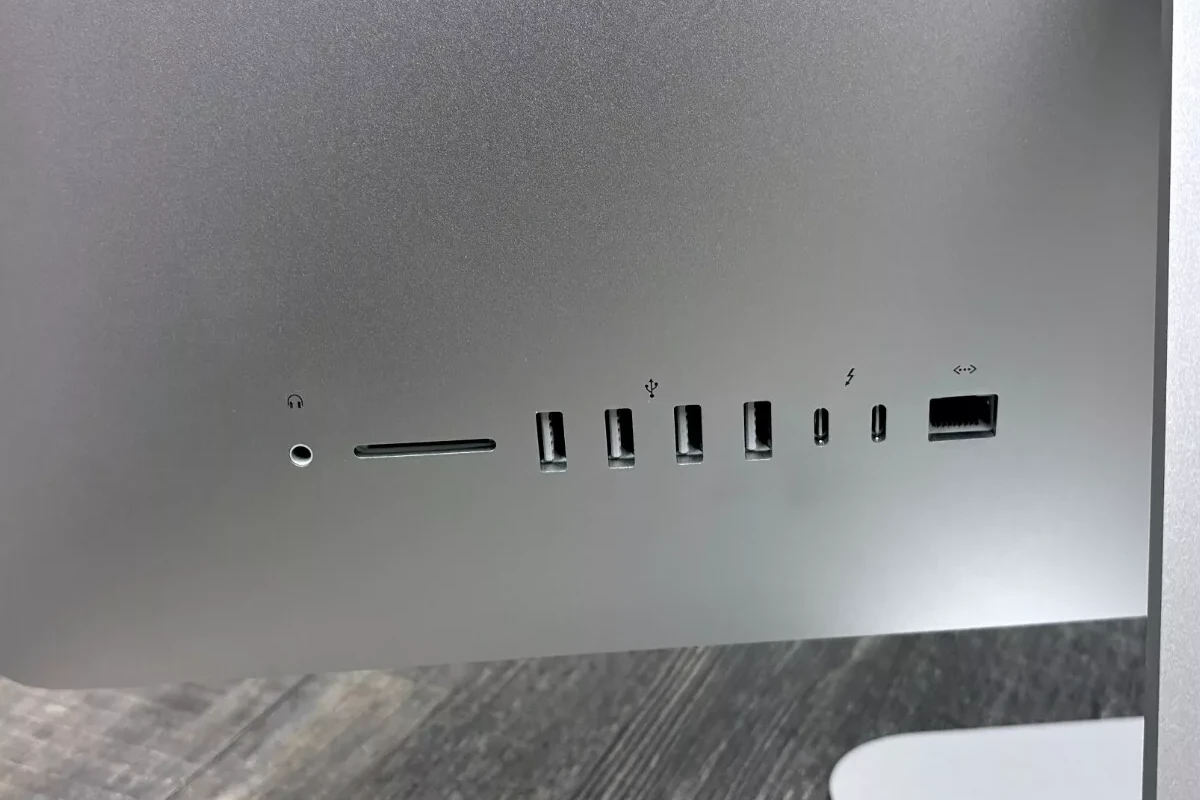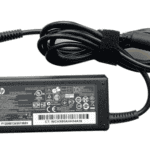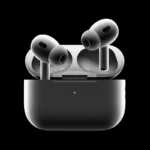USB ports that stop working can disrupt productivity and cause frustration. The most common fixes for non-working USB ports include updating drivers, checking physical connections, and adjusting power management settings in Windows Device Manager.
A quick inspection can reveal if the issue stems from physical damage or loose connections. Testing multiple devices in the same port helps determine if the problem lies with the port itself or a specific device.
The Windows Device Manager provides tools to reset USB controllers and update drivers. These built-in features can resolve most USB port issues without requiring additional software or technical expertise.
Before you head to a technician or consider replacing hardware, try these simple troubleshooting steps. Many USB port issues can be resolved with a few quick fixes.

1. Basic Hardware Checks
a. Inspect the USB Port
- Check for physical damage: Shine a flashlight into the port. Look for bent pins, debris, or dust.
- Clean the port carefully: If you notice dust or dirt, power off your device and use a can of compressed air to clean the port.
b. Test with Different Devices
- Try another USB device: If one device doesn’t work, it might be the problem—not the port.
- Use another port: If a different port works fine, the issue is isolated to the faulty one.
2. Quick Software Fixes
a. Restart Your Computer
- Sometimes a simple reboot can fix minor glitches affecting USB ports.
b. Check Power Management Settings (Windows)
- Press Windows + X and select Device Manager.
- Expand Universal Serial Bus Controllers.
- Right-click each USB Root Hub and select Properties.
- Go to the Power Management tab and uncheck “Allow the computer to turn off this device to save power”.
- Click OK and restart your PC.
c. Check System Updates
- Windows: Go to Settings > Update & Security > Windows Update and check for updates.
- macOS: Go to Apple Menu > System Preferences > Software Update.
3. Dive into Device Manager (Windows Users)
a. Reinstall USB Drivers
- Open Device Manager.
- Expand Universal Serial Bus Controllers.
- Right-click each USB Root Hub or Generic USB Hub and select Uninstall Device.
- Restart your computer. Windows will automatically reinstall the drivers.
b. Update USB Drivers
- In Device Manager, right-click the USB drivers and select Update driver.
- Choose Search automatically for drivers.
4. Power Cycle Your Computer (Especially for Laptops)
- Shut down your computer completely.
- Unplug the power cable and remove the battery (if removable).
- Press and hold the power button for 30 seconds to discharge residual power.
- Reconnect the battery and power cable, then power on your laptop.
5. Check for BIOS/UEFI Settings (Advanced Users)
Some USB ports can be disabled from the BIOS/UEFI settings:
- Reboot your computer and enter BIOS/UEFI (usually by pressing DEL, F2, or ESC during startup).
- Navigate to Advanced Settings or Integrated Peripherals.
- Ensure that USB Ports are enabled.
- Save changes and exit.
6. Check for Hardware Issues
a. Faulty USB Hub or Extension
- If you’re using a USB hub or extension cable, test your device directly in the computer’s port. The hub or cable could be defective.
b. Overheating Ports
- Sometimes USB ports can temporarily shut down due to overheating. Let your system cool down and try again.
7. macOS-Specific Troubleshooting
a. Reset SMC (System Management Controller)
- Shut down your Mac.
- Press and hold Shift + Control + Option and the Power button for 10 seconds.
- Release all keys and turn your Mac back on.
b. Reset NVRAM/PRAM
- Shut down your Mac.
- Turn it on and immediately hold down Option + Command + P + R.
- Keep holding for about 20 seconds, then release.
8. When to See a Technician
If none of these solutions fix the issue, it might be a hardware failure. Consider seeing a technician if:
- The USB port is physically damaged or loose.
- Multiple ports stop working despite all software fixes.
- There’s internal motherboard damage or power supply issues.
Final Thoughts
Before you assume the worst, simple steps like restarting your device, cleaning the ports, or updating drivers can solve many USB-related problems. However, if hardware damage is suspected, it’s best to seek professional help to avoid further complications.
Stay proactive by keeping your system updated and regularly cleaning your device—small efforts that can prevent bigger issues down the line!
Key Takeaways
- USB port issues often stem from outdated drivers or power management settings
- Testing different devices helps identify whether the port or device is faulty
- Simple solutions like restarting the computer or updating drivers fix most USB problems
Diagnosing USB Port Issues
USB port problems can stem from physical damage, driver issues, or system settings. Quick identification of the root cause leads to faster solutions.
Identifying Hardware and Software Problems
Check the USB port and device for visible physical damage. Bent pins, debris, or loose connections often cause connection failures.
Test the USB device in multiple ports. If it works in one port but not another, the non-working port likely has hardware issues. If the device fails in all ports, the problem may be with the device itself or software-related.
Physical inspection of ports and devices should be the first troubleshooting step.
Using Device Manager for USB Troubleshooting
Open Device Manager by pressing Windows + X and selecting “Device Manager”. Expand the “Universal Serial Bus controllers” section.
Look for yellow warning triangles or red X marks that indicate driver problems. Right-click problematic devices and select “Update driver” to install the latest versions.
Scan for hardware changes through Device Manager’s Action menu if Windows doesn’t detect connected devices.
If driver updates don’t help, try uninstalling the USB controller drivers. Restart Windows to let it reinstall fresh drivers automatically.
Checking Power Management Settings
Access Power Management through Device Manager. Right-click each USB Root Hub and select “Properties”.
Click the “Power Management” tab. Uncheck “Allow the computer to turn off this device to save power” to prevent Windows from disabling USB ports.
For laptops, power supply issues can affect USB functionality. Try plugging in the AC adapter to provide full power to USB ports.
Check Windows power plan settings. Set the plan to “High performance” temporarily to test if power saving features are causing USB problems.
Resolving USB Port Malfunctions
USB port issues can often be fixed through systematic troubleshooting steps involving system resets, driver updates, and BIOS configuration changes.
Restarting and Resetting the System
A simple restart can fix many USB port failures. Users should unplug all USB devices and shut down their computer completely.
Fast Startup can interfere with USB functionality. To disable it:
- Open Control Panel
- Go to Power Options
- Click “Choose what the power buttons do”
- Uncheck “Turn on fast startup”
If USB ports still don’t respond, users can try a USB controller reset:
- Open Device Manager
- Expand Universal Serial Bus controllers
- Right-click each USB controller
- Select “Uninstall device”
- Restart the computer
Updating and Reinstalling USB Controllers
Windows Update often contains important USB driver fixes. Users should check for and install all available system updates.
Corrupted USB drivers can cause port failures. To reinstall:
- Open Device Manager
- Expand Universal Serial Bus controllers
- Right-click each controller
- Choose “Update driver”
- Select “Search automatically”
If updating fails, uninstall the USB controllers completely and restart. Windows will automatically reinstall fresh drivers.
Adjusting BIOS and System Configuration
BIOS settings can affect USB functionality. Users should:
- Enter BIOS during startup (usually F2 or Delete key)
- Locate USB Configuration settings
- Ensure USB Controller is enabled
- Save changes and exit
The USB Selective Suspend setting can cause connectivity issues. To disable it:
- Open Power Options in Control Panel
- Click “Change plan settings”
- Select “Change advanced power settings”
- Find “USB settings” and disable selective suspend







